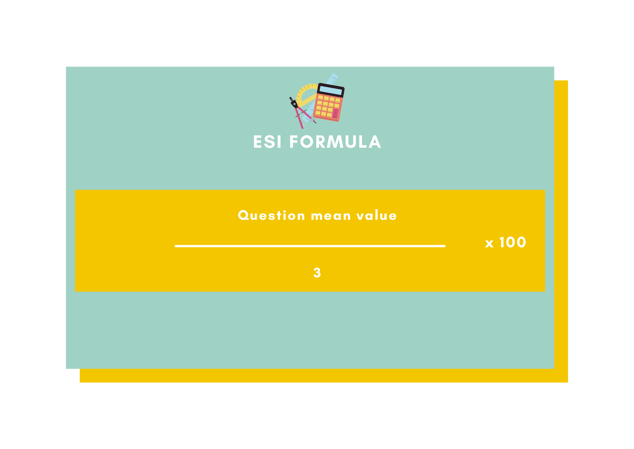Employee Satisfaction Index - What is it?
The employee satisfaction index, often referred to as the ESI, is a measure of the extent to which employees are satisfied with their job. The satisfaction index usually comes in the form of a survey that seeks to gain a better understanding of the life and attitude of a workforce as it pertains to their place of work.
The employee satisfaction index is generally comprised of 3 fundamental questions which include:
- How satisfied are employees with their current workplace?
- How well does an employee’s workplace meet their expectations?
- How close is their workplace to their ideal job?
Employees usually respond to each of the questions above on a scale of 1 to 10, where the composite number indicates their overall satisfaction.
The satisfaction index is often and should be for effective analysis of the workplace, used alongside other metrics for employee satisfaction in things like full-scale surveys that also include more in-depth questions designed to extract detailed answers from a workforce. Surveys are therefore supplemented with general questions around things like company culture, as well as more specific ones that focus on things like mission and job goals.
The ESI enables organizations to compare scores from different time periods and set more effective benchmarks, as well as to make more informed decisions that attract and retain top talent.
Surveys such as this are an important tool in improving employee engagement, brand strength and, yes, the bottom line.
Consistent implementation of these types of surveys can act as a north star for leadership to effectively develop their businesses and initiate activities that address key problems.
How to calculate the employee satisfaction index?
To calculate ESI for a company, divide the question mean value by three, and then multiply by 100. The formula looks like this:

The satisfaction score, again alongside other important HR metrics, is often a KPI that’s included in effective HR dashboards.


